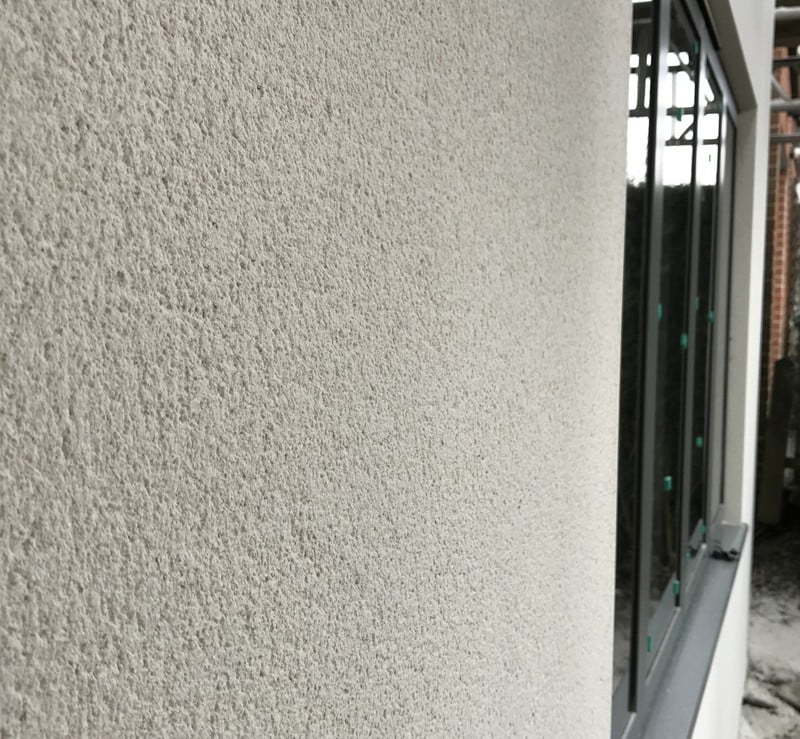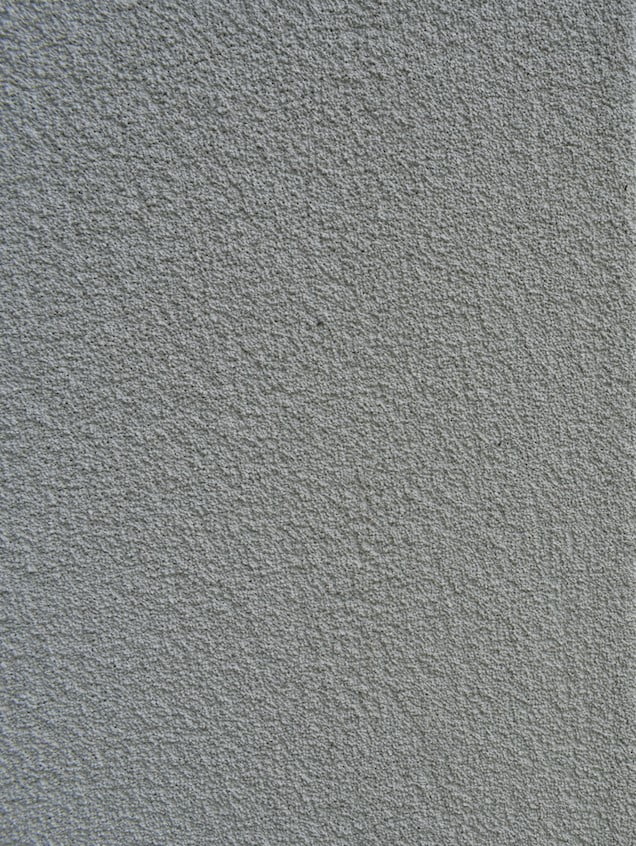Free Call Now

When it comes to looking after our homes and properties the Great British weather is our worst enemy. Rain, ice, snow, and even strong winds cause untold damage throughout the winter months, and when we do have a proper summer the high temperatures also take their toll.
We spend thousands of pounds a year on maintenance and repairs, not only to make our homes look good but also to fix the problems caused by the weather thrown at us by the changing seasons.
However, there is a way to provide long-lasting protection and transform the exterior of our homes, by applying a render. As well as giving a stunning finish, this will also add to the value and kerb appeal of your home and increase its thermal efficiency, which will save you money on future energy bills.
There are several varieties of render available, but we're focusing on one which is fairly new to the UK, called monocouche render.

Starting with the basics, 'render,' in terms of the construction industry, usually refers to a liquid coating of plaster or cement that is applied to an exterior wall surface. Traditional renders use sand, cement, clay, lime, or pebbledash. These will often be applied in two coats: the scratch coat first, followed by a second, finishing coat.
Each of these methods has its pros and cons, but on the whole, they are cheaper options in the short term. However, they have their limits when it comes to flexibility and protection, and will need painting, repainting, and maintenance over the years. Some are prone to cracking as buildings shift, others are not as weatherproof as more modern types. All in all, although most give an attractive finish, the traditional methods of rendering aren't as efficient, convenient, or as long-lasting as some of the modern renders, including monocouche.
In recent years, other materials such as polymer, acrylic render, and silicone render have been added to renders to provide more flexibility and to increase the weatherproof and waterproof qualities.
The word 'monocouche' comes from the French 'single coat', which sounds straightforward but is actually a little misleading. It is generally applied in two passes but forms a strong, solid bond that effectively makes it a single monolithic layer.
This type of render came across from Europe to the UK in the 1990s and has proved a popular alternative to the traditional methods because of the benefits it brings.
Basically, this is a standard cement render that has been improved with additives to make a weather-resistant, flexible, breathable coating for your external walls that gives a much finer finish. It can be applied to a range of substrate types, although some might need special preparation with a primer or base coat beforehand. The ideal substrate for monocouche is a 7kn concrete block, as it has a stable and standard 'suction rate'.
Monocouche renders can be applied by hand or using a pump and are usually supplied pre-bagged and in dry form, to be mixed with clean water on site, ready for application. Depending on the weather conditions, the curing time is usually between 5 and 36 hours. After this, any loose material can be simply brushed off, leaving a perfect finish.


Monocouche Rendering Systems have many benefits that other types of renders lack! We've mentioned a few of the key advantages, but let's go through them one by one just to illustrate why this is such a great option:
As you can see from this list, the numerous benefits of monocouche rendering are plain to see. If you are considering a render for your property, then a monocouche render may be the best and most cost-effective option to transform and protect your home.